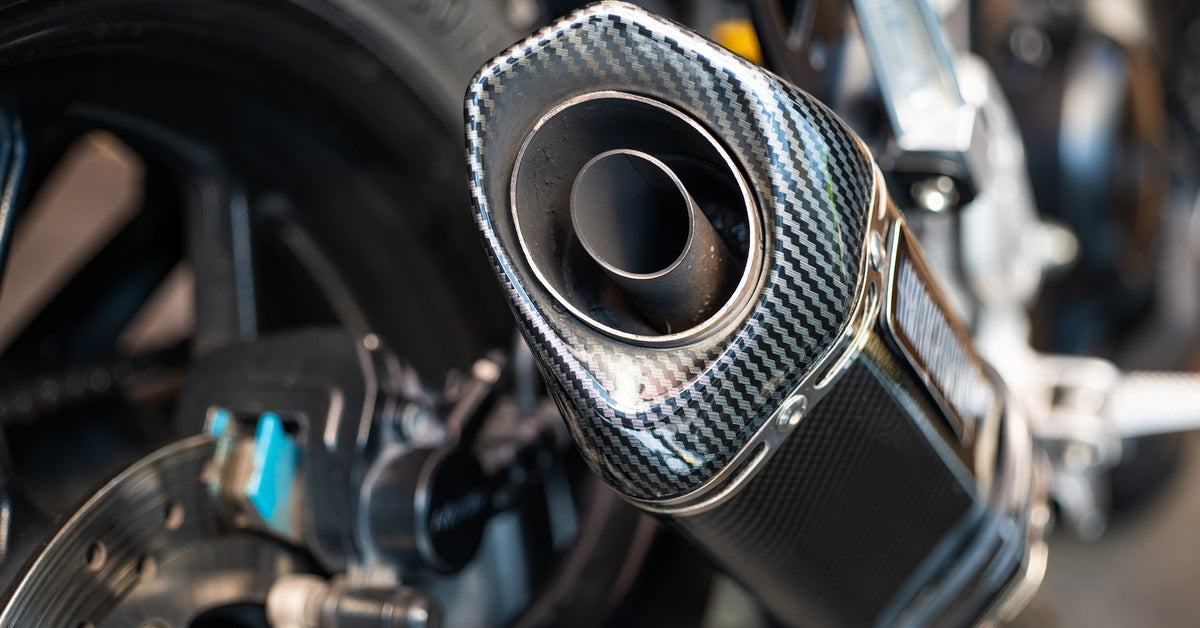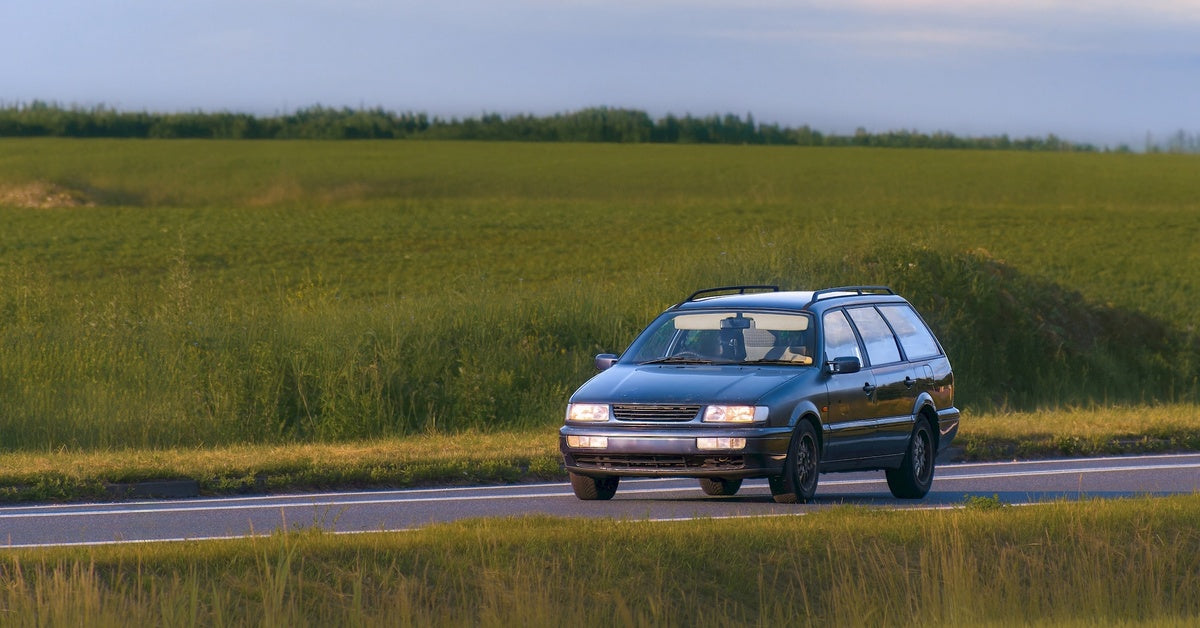

Self-driving automobiles like CARS’ “Shelley” could hit America’s streets within five years, industry insiders say.
While they’re years away from commercial availability, and perhaps decades away from mainstream acceptance, self-driving cars are now street-legal in Florida, Nevada and California. And car manufacturers such as Lexus, Mercedes Benz, and Volvo are introducing self-driving features such as self-parking, radar enabled adaptive cruise control, and automatic collision avoidance on new models. Industry insiders say fully autonomous vehicles may be commercially available in as little as five years.
The thought of sharing the road with dozens of driverless vehicles is enough to completely unnerve some. But others are looking forward to making like New York subway riders, checking their email messages, reading their gossip magazines or taking a nap while leaving the driving to someone, or something, else. But while self-driving cars can get from point A to point B and may even have the ability to negotiate traffic and follow traffic rules on city streets, can they impress on the racetrack?
Sacramento, California’s three-mile Thunderhill Raceway loop recently was the scene of a pretty remarkable experiment. The Center for Automotive Research at Stanford (CARS)’ autonomous vehicle, a robotic Audi TTS dubbed “Shelley” took a few fast laps around the track to help prove whether it could beat, or at least compete with, a pro racecar driver.
Before you place your bets on which would win a race, consider this: When a professional racer visits a racetrack for the first time, his mind and muscles are at work, first figuring out the quickest route around the track mathematically, then negotiating it with some seriously adept muscle memory that allows him to handle sudden changes in friction on the road without a second thought. Right on cue, CARS developers used that kind of bio-research to program Shelley with algorithms that replicate human thought, movement and intuitive reaction.
The results? When the track dust settled, researchers concluded that in a race, a human driver would win – but only by mere seconds.
“What the human drivers do is consistently feel out the limits of the car and push it just a little bit farther,” said CARS Program Director Chris Gerdes at The Atlantic’s recent Big Science Summit in San Jose, California. “When you look at what the car is capable of and what humans achieve, that gap is really actually small.”
So what do you think? Is that gap small enough to make you comfortable sharing the road with driverless cars? And would you welcome the freedom of a self-driving car that allows you to eat breakfast, check your Facebook messages and read your copy of 50 Shades of Gray / AutoWeek, or is the feel of gripping the steering wheel and pressing pedal to medal just too good to give up? Post your thoughts on the E3 Spark Plugs Facebook fan page.







